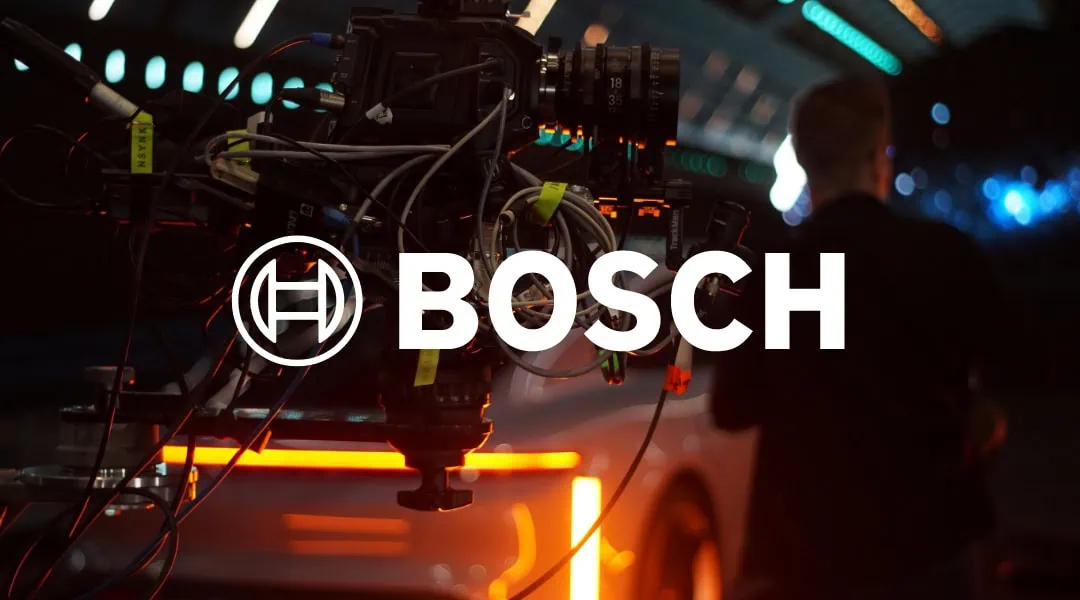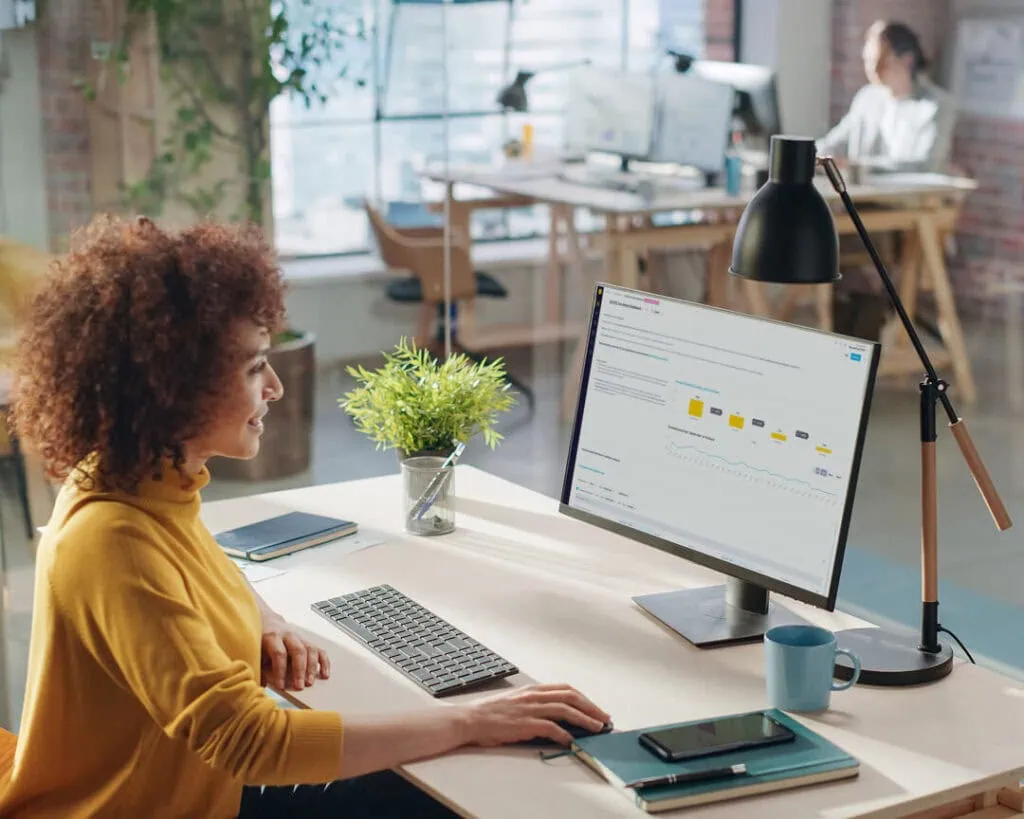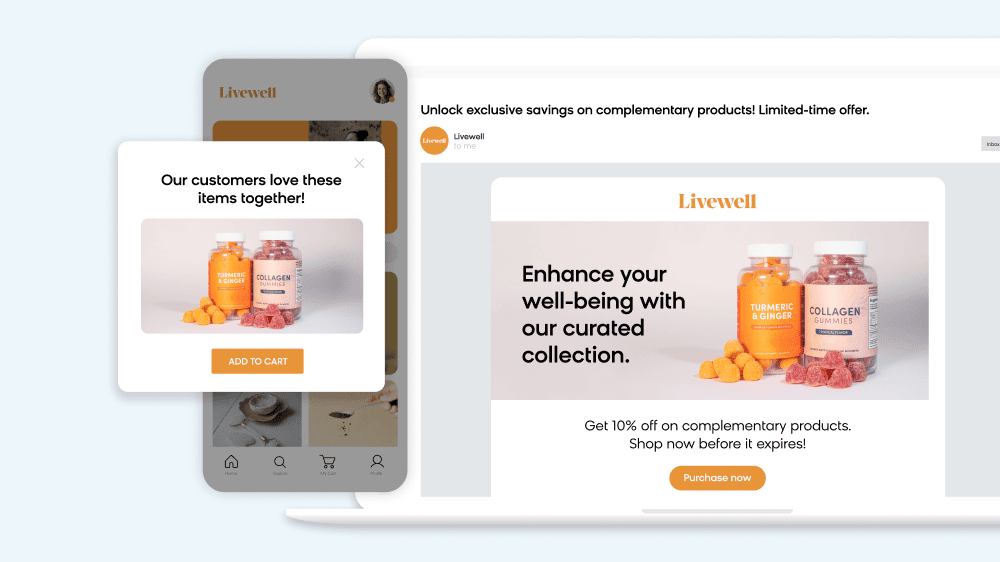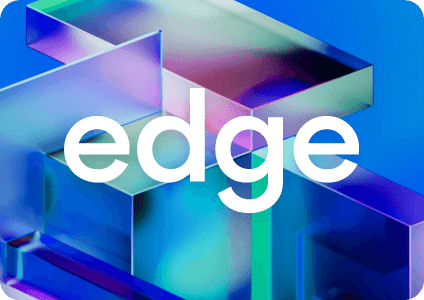Content is becoming one of the main ways businesses interact with their customers. Gone are the days when companies could regard content as a “nice to have” on the side.
But content doesn’t affect just marketing — having the right content management system (CMS) to manage content has become a core part of businesses and touches almost every department, including sales, merchandising, and development.
And yet, 42% of companies indicated they don’t have the right CMS software to manage their content.
This is where a content management system comes into play.
A content management system helps you implement a comprehensive content marketing strategy and weave content into your commerce strategy.
At the same time, your developers won’t be forced to constantly publish content and can easily make changes in the back end without disrupting content publication. This means your web pages can have fresh content on them without having to consistently exhaust your IT team.
What Is a Content Management System (CMS)?
Content Management System (CMS) is an application that is used to manage content and publish it as well, allowing multiple users (even those without coding knowledge) to contribute, create, edit, and publish without having to involve a developer.
Your CMS platform also provides version management and authoring workflow to keep large, global sites consistent.
If you further break down a content management system, there are two main parts that help create your website.
- The content management application (CMA) allows marketers, merchandisers, and other content creators to work with digital content directly, without needing to involve the IT department.
- The content delivery application (CDA) acts as the back-end portion of the website, taking the content that you enter into the templates and turning it into a working website that visitors from around the world can access.
Web content management (WCM) is more or less another name for CMS, because we are an industry that loves acronyms.
How Does a Content Management System Work?
A Content Management System (CMS) is a software application that allows users to create, manage, and publish digital content, typically for websites or other online platforms.
At its core, a CMS consists of two main components: a content creation interface and a content delivery system. The content creation interface is where users can create and edit content, such as text, images, and videos, using a variety of tools and features. The content delivery system, on the other hand, is responsible for displaying the content to website visitors or other end-users.
When a user creates new content in a CMS, it is typically stored in a database or file system, along with metadata such as tags, categories, and publishing dates. This makes it easy for users to search for and retrieve specific pieces of content at a later time.
Once the content has been created and stored, it can be published to the website or other platform by using templates or themes. These templates define the layout and design of the content, ensuring that it is displayed consistently and professionally across all pages of the website.
Some content management systems also include additional features, such as analytics, search engine optimization (SEO) tools, and user management capabilities. These features can help website owners to optimize their content for search engines, track user behavior and engagement, and manage user access and permissions.
On a more technical level, a CMS works by storing digital content in a structured database or file system, and using software to retrieve and display that content on a website or other digital platform.
When a user creates new content, they typically do so using a visual editor or text editor, which generates HTML code that describes the content’s structure and formatting. This HTML code is then stored in the CMS’s database or file system, along with metadata such as tags and categories, which make it easy to search for and retrieve specific pieces of content.
When a request is made for a particular piece of content, the CMS retrieves the HTML code from the database or file system and uses it to generate a web page or other digital asset. This process may involve applying a template or theme to the HTML code, which defines the layout and design of the content.
User management features allow website owners to control who has access to the CMS and what permissions they have, while analytics tools provide insights into how users are interacting with the content. SEO tools help to optimize content for search engines, improving its visibility and search rankings.
Overall, a CMS provides an efficient and user-friendly way for website owners and content creators to manage and publish digital content, allowing them to focus on creating high-quality content that engages and informs their audience.
Content Management System Features
If you’re examining which content management system is best for your business, you’ll want to consider these features:
Security
Making sure your online store or business is secure from cyber attacks is incredibly important. Not only do attacks interrupt the continuity of your business, but they also cost you huge amounts of money.
A recent report by McAfee suggests that up to $600 billion may have been lost in 2018 due to cybercrime. Cloud-based CMS systems are an increasingly common target for cyber attacks.
This results in a number of potential security issues such as data integrity violations, unauthorized access to data, and malicious codes and scripts.
Most content management systems come with a fairly robust set of security features, including advanced authentication, strict permissions, firewalls, and protection against malware attacks.
If you’re looking at a CMS in the content management system market that does not have adequate security, you’re putting your web hosting at risk.
Omnichannel and Multilingual Support
A web content management system that supports easy multi-language, omnichannel delivery not only makes this job much easier, but it also empowers local brand and content managers to run localized campaigns on the channels best suited for their markets while maintaining the global brand identity.
User-friendliness
Empowering your employees to support your globalization efforts starts with simplifying the process they use to do so.
Using a content management system that is intuitive for the end user — and that allows employees to quickly reuse branded components such as images, designs, and experiences — will encourage teams to take ownership of the local experience, especially if it also allows all users to use the system in their preferred language.
A system that supports straightforward approval workflows will make the lives of brand managers easier and will in turn support continued effort and excellence in the globalization process.
Testing and Experimentation
To further support your global teams in their localization of the brand into new markets, it’s crucial that they can quickly evaluate the results of their efforts and take autonomous action based on this feedback.
The easiest way to do this is to ensure that the CMS/WCM you use has built-in experimentation capabilities for easy testing of content and experience elements — whether on desktop, mobile, or other channels.
Personalization
A WCM system that allows you to automatically personalize digital experience elements like campaigns, content, or product grids will provide more agility to global teams, as they can easily create variants of the site experience from one global system.
It will also allow businesses more control over the global brand, supporting globalization at scale. Ecommerce personalization represents the future of the market and most popular content management systems have found ways to support those efforts.
Analytics
Use a content management system that has a built-in analytics engine so that your marketing teams, content creators, and brand managers can easily spot visitor trends and opportunities for improvement in the digital experience based on local visitor data. It’s even better if the system can provide this information per persona, which will give you much more precision in optimizing the content served to your visitors around the world.
Scalability
Businesses that run their WCM in the cloud will be able to scale their globalization efforts much faster, with development teams able to roll out updates to the digital experience worldwide with just a few clicks while also taking advantage of the uptime and continuous improvements offered by cloud providers.
Read this next: 3 Key CMS Features to Make Your Content Strategy Easier
What Are The Different Types of Content Management Systems?
As digital content became a major facet of brands, new customer channels popped up, content needed to be accessible and consistent on new channels, cross-departmental collaboration became more important, and providing individually relevant content to each customer became a focus.
Over time, other forms of content management systems have emerged.
Traditional / Coupled CMS
The traditional CMS (sometimes referred to as a “coupled CMS”) is perhaps the simplest in terms of layout and general functionality. With a traditional CMS, users create and edit their content using a WYSIWYG or HTML editor, and then the CMS displays the content according to the CSS used for layout.
If you’re looking to make a relatively simple marketing site, a traditional CMS is a good choice for its simplicity.
Decoupled CMS
The decoupled CMS is, in some respects, more complex than the traditional (or coupled) CMS.
The advantages of a decoupled CMS is down to the architecture that separates the front-end and back-end operations. That means content creators are free to simply plug information into the content manager on the back end and not worry about layout which is manipulated by the front-end system. This facilitates easy content creation.
For a powerful architecture that’s secure and versatile, a decoupled CMS is ideal for the many features it provides content marketers and developers.
Headless CMS
The architecture of headless and decoupled is quite similar — both feature a separation between the content repository at the back end and the publishing tools at the front end.
Unlike other designs, this architecture is considered “headless” as it doesn’t have one designated front end to serve for the presentation of content.
Information is delivered via an API down various channels rather than linked to a singular front end. Essentially, the API for a headless CMS is much more flexible for delivering information as it exists as a tool for any of the front-end portions to pull data from the back end.
For teams that are looking to produce a substantial amount of content and deliver information across multiple channels, this is the optimal choice.
Read this next: Headless CMS vs Decoupled CMS: The Complete Guide
Artificial Intelligence and Content Management Systems
In the digital age, the future of content management systems (CMS) is undeniably intertwined with the power of artificial intelligence (AI). AI has proven itself as more than just a buzzword; it’s an innovative tool that’s revolutionizing the way we manage and deliver content.
Picture this — a CMS that not only stores and organizes your content but also predicts what your audience wants to see and tailors content accordingly. That’s exactly what AI brings to the table. It’s like having a smart and friendly assistant who understands your audience as well as you do, if not better. Machine learning algorithms analyze user behavior, preferences, and trends, providing insights that help you create more engaging and personalized content.
But AI doesn’t stop at content personalization. Imagine a system that could automate content tagging, categorization, and even SEO optimization. These previously time-consuming tasks can be handled swiftly and accurately by AI, freeing up your time to focus on creating quality content. It’s like having a reliable colleague who takes care of the nitty-gritty details while you focus on the big picture.
AI also shines in content analytics. It’s able to sift through vast amounts of data and glean valuable insights that might otherwise go unnoticed. With AI, you can understand your audience’s engagement patterns, preferences, and behaviors in real time. This allows for timely adjustments to your content strategy, ensuring that your content always hits the mark. It’s akin to having a smart analyst by your side, helping you make data-driven decisions with confidence.
AI is not just another tech fad. It’s a powerful tool that’s transforming your CMS from a simple storage system to a dynamic, intelligent platform. By harnessing the power of AI, we can revolutionize the way we manage and deliver content, making our systems more efficient, personalized, and insightful.
Choosing a Content Management System
[Step 1] Decide on Your CMS Vision
The most important question to ask yourself at the start of a CMS project is: “What am I trying to achieve?” With a critical look at where you currently are, and where you want to be, you can start mapping out which content, data, tools, and integrations you already have — and which you need — to build your vision.
[Step 2] Understand CMS Features
After determining what you want to achieve from your CMS implementation, it’s time to start selecting a content management system that will align with this vision. Certain characteristics of a CMS can help to move your CMS project along faster and speed up everyday tasks.
[Step 3] Think About the Cost
A crucial part of any CMS project is the cost involved. This is certainly true for an enterprise content management system, which can amount to quite a hefty sum. Understanding the total fees associated with such a project means fewer unsavory financial surprises will come your way.
[Step 4] Calculcate Your ROI
A CMS is an investment and therefore should guarantee you returns. So it makes sense that your first consideration should be to work out how much budget could be justified for this project by calculating the return on investment.
[Step 5] Determine Your Budget
After estimating your returns, you can have a sense of how much budget would be justified, appropriate to the project’s scale.
Read this next: Complete Guide to Choosing a CMS Platform
How Companies Use Content Management Systems
Bosch
As Amazon drives industry trends, it’s essential that B2B brands like Bosch don’t fall behind. With Bosch Power Tools operating multiple global sites, the organization understood that its customers inherently expect the same tailored digital experience. This was the business unit’s main challenge: creating multiple unique experiences at the country level, while promoting and aligning holistic experiences globally.
Another difficult challenge was scaling and managing features and updates with multiple CMS platforms and infrastructures at a regional level. In the past, Bosch generally approached technology from a local level to meet the differing needs of users and customers. Its approach was to grab another CMS and stand up the system.
“However, in the end, this doesn’t scale — plus it’s inefficient to manage and it’s costly. It barely benefits the region, and the effort and time does not benefit Bosch Power Tools globally,” said Sunny Mallavarapu, Digital Transformation Manager at Bosch Power Tools.
To alleviate the disconnect between experiences and to create efficiencies within the business, Bosch Power Tools leveraged headless CMS that would transform the organization as a whole.
Read the story: How Bosch Enables Localization Globally Through Headless Commerce
Carrefour
Carrefour Group is one of the biggest retailers in the world with more than 12,000 stores in 30 countries. The technical team had a number of key selection criteria when looking for a new experience management solution and needed a CMS to bring together multiple parts of the customer experience.
In a competitive evaluation process where multiple solutions were considered, they chose an open and flexible CMS built to drive results faster.
When COVID-19 hit Europe in early 2020, Carrefour was experiencing order volumes and increasing demand like never before. How did its teams cope? With a little help from their headless CMS, the international retailing giant is now set up for experience management success and a platform for the future.
Read the story: A Platform for the Future: Carrefour’s Journey With Bloomreach Content
What’s Next?
The truth is, you can’t really do much in digital commerce these days without a robust, secure, and agile content management system.
By reading this article, you’ve already taken a huge step forward. You might decide to do a complete overhaul of your current system or change what you have now step by step — anything is possible!
In the meantime, don’t miss this opportunity to learn more about Bloomreach Content. Bloomreach Content allows companies to build, manage, and personalize web experiences for customers via a headless CMS. With Bloomreach Content, you can easily manage your storefront with Bloomreach’s powerful APIs that are designed to help your company capture more revenue. Learn more.



















